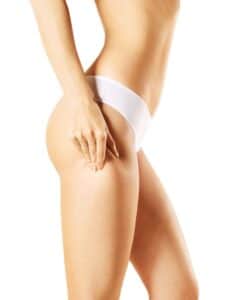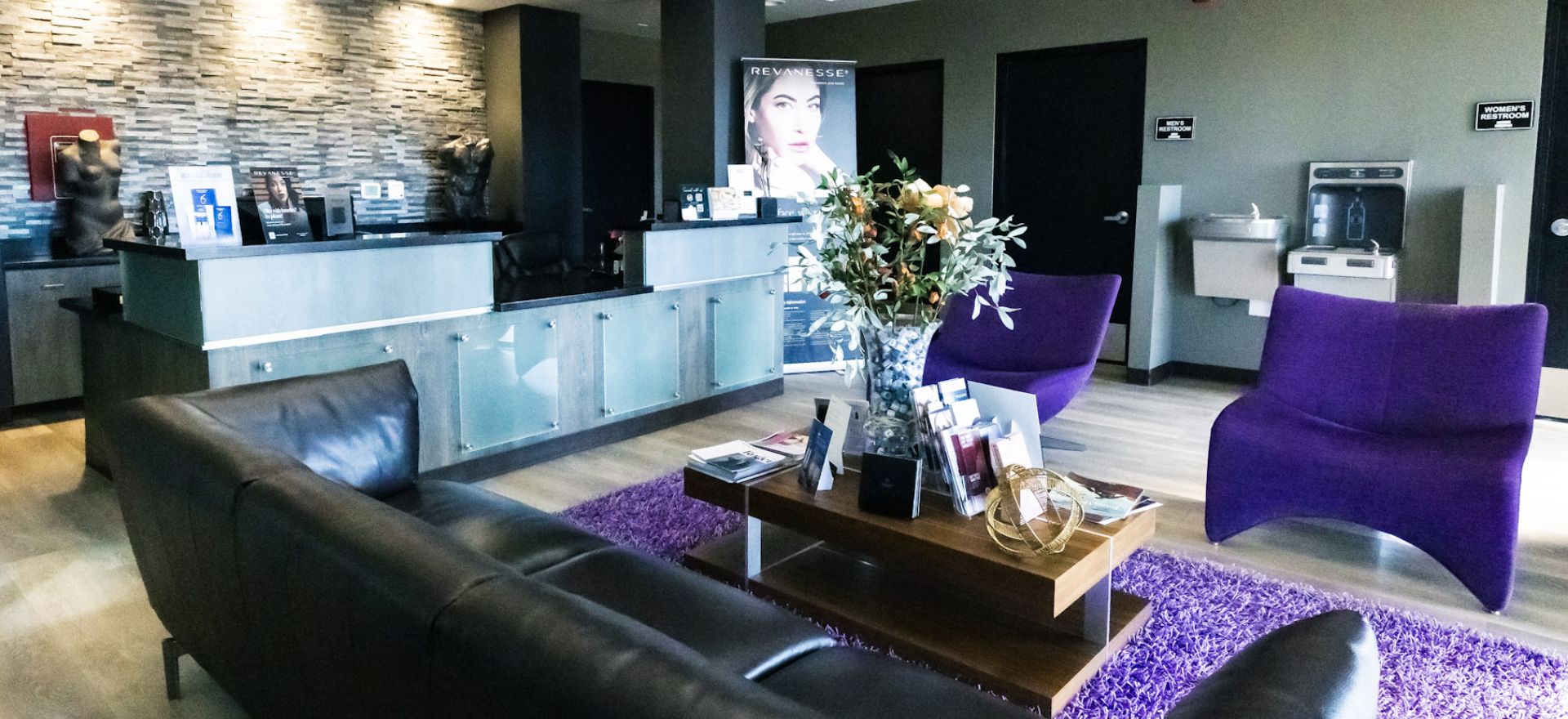January 11, 2024 | 8 minute read
 Liposuction is a popular cosmetic procedure that helps to remove stubborn fat and contour the body. While the results can be life-changing, it’s important to remember that liposuction is still a surgical procedure and requires proper care and preparation for a successful recovery. Taking the necessary steps before your surgery can greatly impact the outcome of your recovery and ensure a smooth healing process. In this guide, we will discuss everything you need to know about preparing for your liposuction recovery, from creating a recovery plan to stocking up on supplies and preparing your home for a comfortable and stress-free recovery. So, if you’re considering liposuction or have already scheduled your surgery, keep reading to learn how to properly prepare for your liposuction recovery. Board-certified plastic surgeon Dr. Marcos Gonazlez provides liposuction to patients in El Paso, TX and surrounding areas.
Liposuction is a popular cosmetic procedure that helps to remove stubborn fat and contour the body. While the results can be life-changing, it’s important to remember that liposuction is still a surgical procedure and requires proper care and preparation for a successful recovery. Taking the necessary steps before your surgery can greatly impact the outcome of your recovery and ensure a smooth healing process. In this guide, we will discuss everything you need to know about preparing for your liposuction recovery, from creating a recovery plan to stocking up on supplies and preparing your home for a comfortable and stress-free recovery. So, if you’re considering liposuction or have already scheduled your surgery, keep reading to learn how to properly prepare for your liposuction recovery. Board-certified plastic surgeon Dr. Marcos Gonazlez provides liposuction to patients in El Paso, TX and surrounding areas.
Understanding What Liposuction Entails
Liposuction is a cosmetic procedure that involves removing excess fat from specific areas of the body, such as the abdomen, hips, thighs, or arms. The surgeon makes small incisions in the targeted areas and inserts a thin tube, called a cannula, to suction out the fat cells.
During the procedure, the surgeon uses various techniques, such as traditional liposuction, tumescent liposuction, or ultrasound-assisted liposuction, to break down the fat cells before removing them. The goal is to contour the body and create a more proportionate and aesthetically pleasing shape.
While liposuction can be a highly effective way to eliminate stubborn fat and achieve your desired body shape, it’s important to understand that it is still a surgical procedure. This means that there are risks involved, such as infection, bleeding, scarring, and adverse reactions to anesthesia. It’s crucial to consult with a board-certified plastic surgeon and discuss your medical history, expectations, and concerns before undergoing the procedure.
Additionally, it’s important to have realistic expectations about the outcome of your liposuction. Liposuction is not a weight-loss solution or a substitute for a healthy lifestyle. It is designed to target specific areas of fat that are resistant to diet and exercise. Maintaining a healthy diet and exercise routine after liposuction is essential to maintain your results.
Understanding what liposuction entails will help you make an informed decision and prepare for the procedure. It’s crucial to have a thorough understanding of the process, the potential risks and complications, and the expected outcomes. This knowledge will ensure that you are fully prepared for your liposuction journey and can approach it with confidence and peace of mind.
Knowing What to Expect Post-Surgery
After your liposuction procedure, it’s important to have a clear understanding of what to expect during the recovery process. While everyone’s experience may vary slightly, there are some common aspects that you can anticipate.
First and foremost, you can expect some degree of swelling, bruising, and discomfort in the treated areas. This is completely normal and typically subsides over the first few weeks. Your surgeon may provide you with compression garments or dressings to help reduce swelling and promote healing.
You may also experience drainage from the incision sites for a few days. This is a normal part of the healing process and helps to remove excess fluid and blood. It’s important to follow your surgeon’s instructions on how to care for the incision sites and keep them clean to minimize the risk of infection.
It’s important to note that the full results of your liposuction procedure may not be immediately visible. It takes time for the swelling to fully resolve and for your body to heal. It’s common for the final results to be visible within 6-12 months after surgery.
During the initial stages of your recovery, it’s important to rest and avoid any strenuous activities or exercise. Your surgeon will provide specific guidelines on when it’s safe to resume normal activities. It’s important to follow these instructions to ensure a successful recovery.
Knowing what to expect post-surgery can help you mentally and emotionally prepare for the recovery process. It’s normal to have questions or concerns, so don’t hesitate to reach out to your surgeon for guidance and support. Remember to be patient with yourself and give your body the time it needs to heal.
Preparing Your Home for Recovery
When it comes to preparing for your liposuction recovery, one important aspect to consider is getting your home ready. Creating a comfortable and conducive environment can greatly enhance your healing process and make your recovery more manageable.
Start by decluttering and organizing your living space. You’ll want to create a clean and clutter-free environment to minimize any potential hazards or obstacles that could hinder your mobility. Clear pathways and remove any tripping hazards to ensure a safe and easy movement throughout your home.
Consider setting up a recovery area in a quiet and peaceful part of your home. This area should be equipped with a comfortable recliner or bed, plenty of pillows for support, and a side table to keep essentials within reach. Stock up on books, magazines, or entertainment devices to keep yourself occupied during the initial stages of your recovery when you may be resting more.
Additionally, it’s important to have a well-stocked kitchen and bathroom. Prepare and freeze nutritious meals in advance to eliminate the need for extensive meal preparation during your recovery. Keep easy-to-reach snacks and beverages nearby to stay hydrated and nourished. In the bathroom, consider installing grab bars or non-slip mats to ensure safety and convenience.
By taking the time to prepare your home for recovery, you’ll create a space that promotes relaxation, healing, and convenience. This will allow you to focus on your recovery and give your body the support it needs to heal effectively.
Arranging Post-Surgery Help
After undergoing liposuction, it’s crucial to have a support system in place to help you during your recovery. Arranging post-surgery help is an important step to ensure a smooth and stress-free healing process. While liposuction is a relatively safe procedure, it’s normal to experience some discomfort and limitations in the days following the surgery. Having someone to assist you with daily tasks and provide emotional support can make a significant difference in your recovery.
Reach out to friends, family members, or loved ones who are willing to lend a helping hand. Let them know about your upcoming surgery and the specific dates when you’ll need assistance. Be clear about the tasks you’ll need help with, such as cooking meals, cleaning, running errands, or driving you to follow-up appointments. Having a schedule or list of responsibilities can help keep everyone organized and ensure that you have the support you need.
If you don’t have close friends or family nearby, consider hiring professional help. Home health aides or caregivers can provide the assistance you need, from meal preparation to helping with personal care. They can also offer companionship during your recovery and help alleviate any feelings of loneliness or anxiety.
Remember that arranging post-surgery help is an important part of your liposuction recovery plan. Don’t hesitate to ask for support and lean on your loved ones during this time. Their assistance will not only help with physical tasks but also provide emotional support as you navigate your healing journey.
Understanding the Importance of Rest and Movement
One of the key aspects of a successful liposuction recovery is understanding the importance of both rest and movement. While it may seem contradictory, finding the right balance between the two is crucial for your body to heal properly and achieve optimal results.
Rest is an essential component of the healing process. Your body needs time to recover and repair itself after undergoing surgery. It’s important to listen to your body and give yourself ample time to rest and recuperate. This means avoiding any strenuous activities or exercise during the initial stages of your recovery. Resting allows your body to redirect its energy towards healing, reduces swelling, and promotes a faster recovery.
However, it’s equally important to incorporate movement into your recovery routine. While you shouldn’t engage in intense exercise, light movement can actually benefit your healing process. Gentle activities like short walks or stretching exercises can help improve blood circulation, prevent blood clots, and promote overall healing. Moving around also helps to prevent stiffness and discomfort in the treated areas.
Finding the right balance between rest and movement is key. It’s important to consult with your surgeon about specific guidelines for your recovery and to follow their instructions closely. They will provide guidance on when it’s safe to resume normal activities and exercise. Remember, patience is key during the recovery process. Listen to your body, take it slow, and gradually increase your activity levels as advised by your surgeon.
Contact El Paso, TX Board Certified Plastic Surgeon Dr. Marco A. Gonzalez
For more information on Plastic Surgery (cirugía plástica) and Non-Surgical Medical Spa procedures and treatments, please contact the offices of Board Certified Plastic Surgeon (cirujano plástico), Dr. Marco A. Gonzalez (Dr. G) by clicking here or calling 915-600-2639.
Serving patients in El Paso Texas, Las Cruces New Mexico, Ciudad Juárez Mexico and surrounding areas.
CONTACTE A EL PASO, TX CIRUJANO PLÁSTICO CERTIFICADO POR LA JUNTA Dr. Marco A. Gonzalez
Para obtener más información sobre cirugía plástica y procedimientos y tratamientos de spa médico no quirúrgico, comuníquese con las oficinas del cirujano plástico certificado por la junta, Dr. Marco A. Gonzalez (Dr. G) haciendo clic aquí o llamando 915-600-2639.
Sirviendo a pacientes en El Paso Texas, Las Cruces Nuevo México, Ciudad Juárez México y áreas circundantes.

